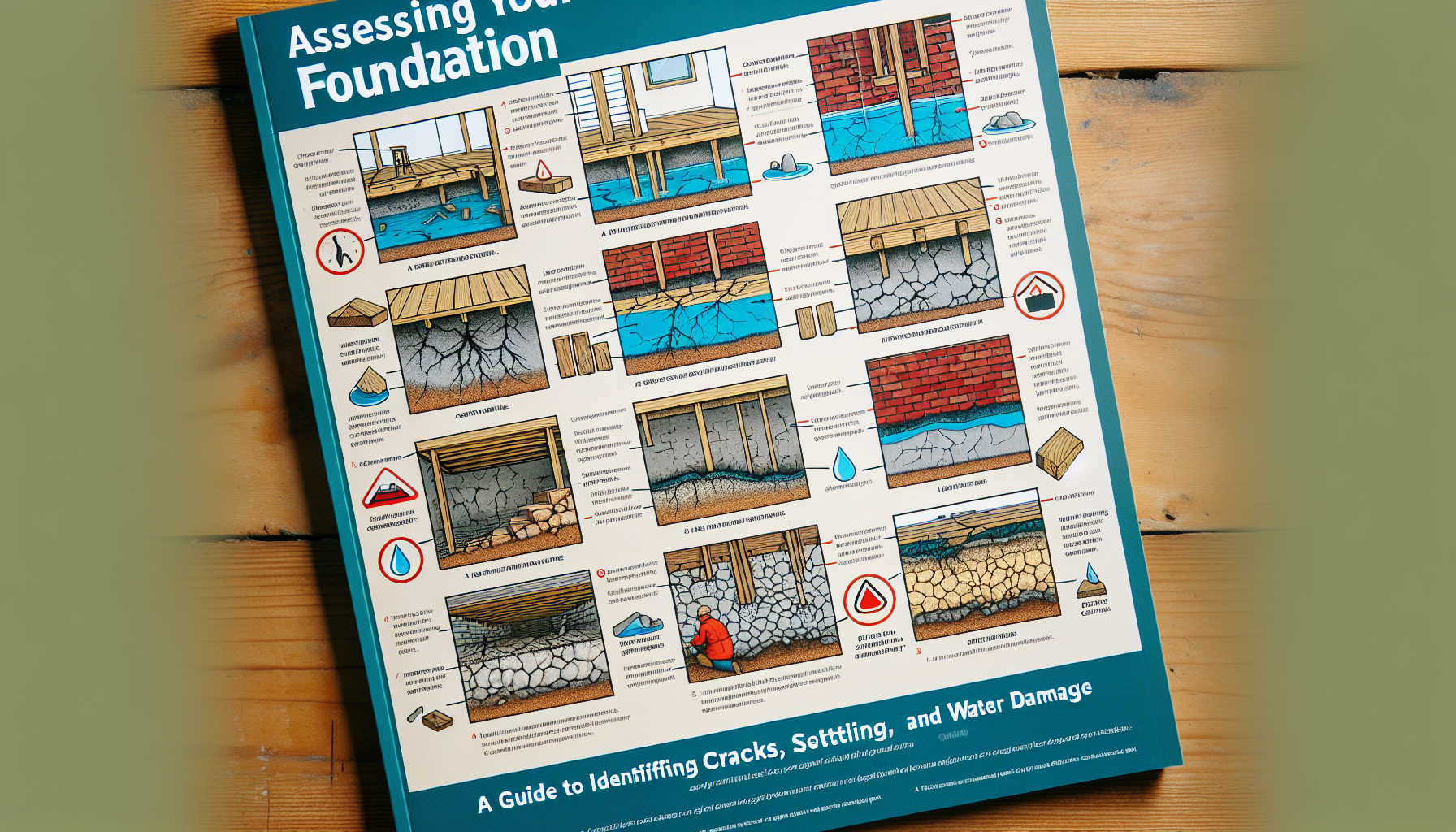
Introduction to Foundation Assessment
The foundation is a crucial element of any structure, playing an integral role in maintaining its integrity and safety. Over time, however, foundations can develop a range of problems, including cracks, settling, and water damage, which can threaten the overall soundness of the building. Regular assessment of your foundation can help identify these issues before they evolve into major problems. This guide will walk you through the steps for evaluating the state of your foundation and taking action to correct any issues.
Understanding Foundation Cracks
Types of Cracks:
Cracks can be a common sight in foundations but not all cracks imply serious structural problems. Hairline cracks, often found in newly poured concrete, may be superficial. However, larger cracks, particularly those that are wider than 1/4 inch or show signs of recent expansion, deserve closer attention.
Identifying Problematic Cracks:
Be on the lookout for horizontal cracks, which could indicate excessive pressure on the walls. Diagonal cracks, especially near corners, may suggest differential settling, while vertical cracks may be due to shrinkage or curing of concrete. Any crack that lets in water or is growing in size should be inspected by a professional.
Detecting Signs of Settling
What is Settling?
Settling occurs when the ground beneath the foundation shifts, resulting in the foundation moving downwards. While some settling is normal and expected, excessive movement can lead to significant structural damage.
Indications of Excessive Settling:
Doors or windows that stick or fail to close properly may indicate your foundation is settling unevenly. Visible changes in the levelness of the floor or new gaps where walls meet ceilings are additional warning signs. If any of these indicators are present, it’s important to measure and monitor these discrepancies over time to determine if the settling is progressive.
Inspecting for Water Damage
Common Sources of Water Damage:
Water damage can originate from various sources such as poor drainage, plumbing leaks, or high groundwater levels. It is vital to inspect areas where water penetration is more likely, such as near downspouts, sump pumps, and foundation walls.
Assessing the Impact of Water:
Chronic moisture can weaken foundations leading to cracks, mold, and wood rot within the structure. Look for signs of efflorescence, damp spots, or pooling water. Also, ensure that gutters and downspouts are directing water away from the foundation perimeter. If signs of water damage are present, addressing the source of moisture is equally important to repairing the noticeable damage.
Professional Inspection vs. DIY Assessment
While homeowners can perform basic inspections for visible signs of foundation issues, certain problems might require the assessment of a professional. Structural engineers or foundation repair specialists have tools and expertise to perform comprehensive evaluations and to recommend appropriate repair strategies.
When to Call the Experts:
If you’ve identified significant cracks, signs of settling, or extensive water damage, it’s prudent to call in a professional. Moreover, if your observations suggest a worsening trend or if you’re unsure of the severity of the issues you’ve noticed, a professional opinion is invaluable.
Conclusion and Next Steps
Assessing your foundation is an important aspect of home maintenance that can help prevent future complications. By staying vigilant and addressing problems early on, you can avert serious damage and maintain your home’s structural health. Remember, in cases where the foundation issues are beyond the scope of DIY fixes, a professional’s guidance ensures the proper restoration of your foundation’s integrity. Regular monitoring and timely repairs will serve as the cornerstone to a robust and stable home for years to come.







